Why is my alocasia drooping? Six reasons why your elephant ear plant is struggling
Once you know the reasons why, you'll soon be able to nurse it back to health
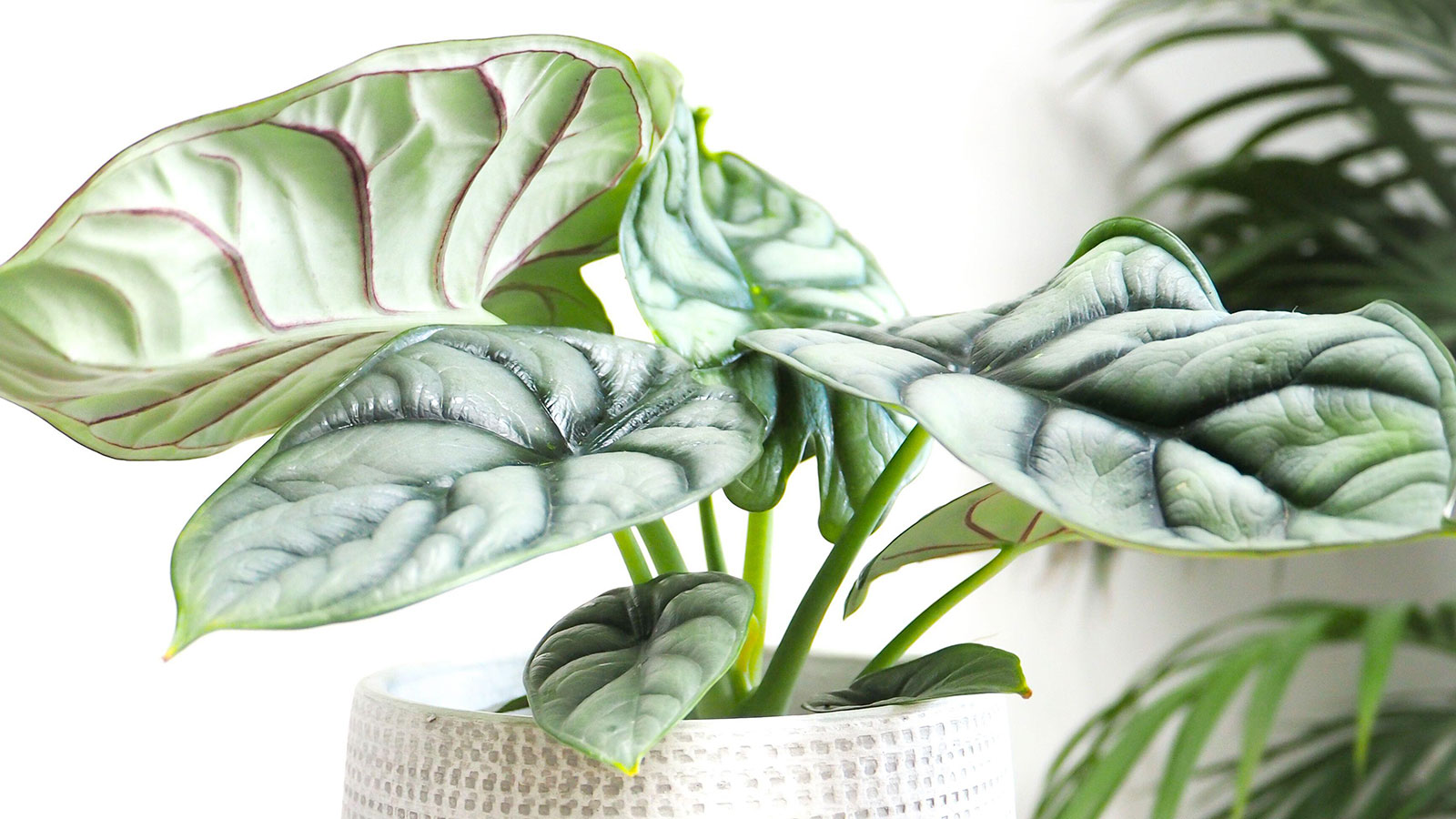

Alocasias are a popular indoor plant with distinctive leaves that, as its other name of elephant ear plant suggests, look a little bit like the ears of an elephant. As one of the less common houseplants, it’s highly prized by plant enthusiasts and makes frequent appearances on social media.
Alocasias are generally easy to care for, but they do have several environmental requirements that must be met if they are to thrive indoors. When one (or more) of these needs aren’t being met, your elephant ear plant will begin to suffer.
Drooping leaves is one of the first signs that something is amiss. With a few easy tweaks, however, you can usually nurse your alocasia plant back to health.
Six reasons why your alocasia's leaves are drooping
We’ve asked houseplant experts to give the most common reasons for an alocasia that’s drooping, as well as the best solutions, so you can get your indoor plant looking its best once more.
It's worth noting that these are tips for an alocasia plant, rather than a colocasia, which is another type of elephant ear plant and can have different requirements.
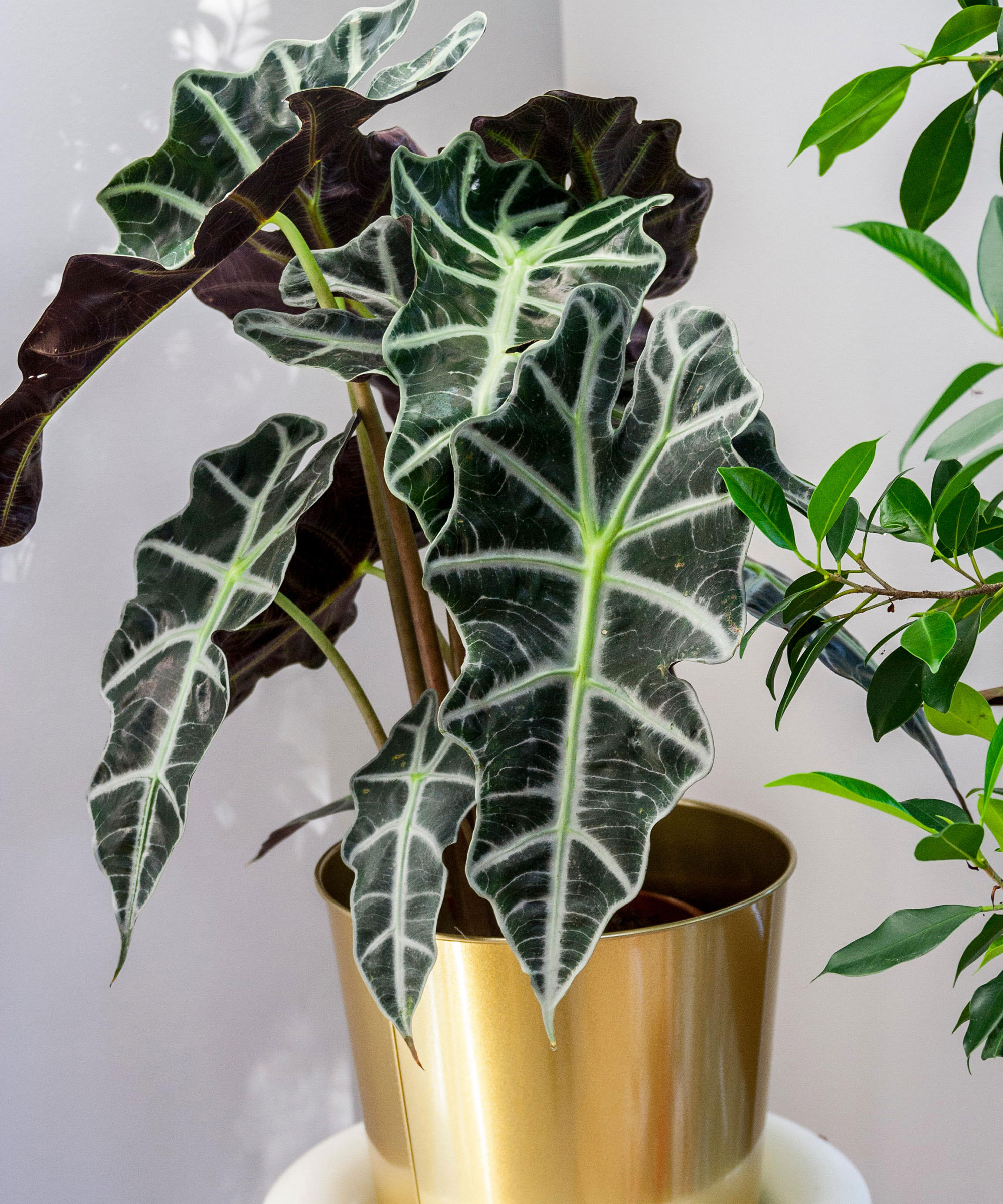
Alocasia Amazonica
1. Incorrect watering
As with the vast majority of houseplants, the most common reason for an elephant ear or alocasia to be drooping is an incorrect watering schedule.
Brody Hall, Certified Horticulturist at The Indoor Nursery, explains that alocasias ‘prefer soil that is evenly moist but not waterlogged. The plant leaves may droop if the soil is too wet or too dry.’
Water these plants regularly. However, when watering plants it's important not to overdo it as it can lead to root rot.
If you have stopped watering but the plant is still drooping, it may be time to lift it out of its pot and inspect the roots. Mo Bhula, a plant expert at The Botanical Archive, advises that ‘if the roots are mushy this is a sign of root rot. You will need to cut off all the rotted roots and repot into fresh well-draining compost.’
Not sure when you should be watering? Jamie Saechaona, of Green Garden Cottage, says that ‘a good rule of thumb for watering alocasia is to wait until the first inch or two of soil is dry, and then to give the plant a nice soak.’
2. Poor drainage
This is an issue that’s related to overwatering. However, even if you are watering at the correct levels, you may still be encouraging root rot if your elephant ear is potted into a planter without drainage holes.
Brody Hall points out that although alocasias can be relatively easy indoor plants to care for, they ‘do not tolerate standing water, so it is essential to make sure that their pots have good drainage. If the pot doesn't have proper drainage, the plant's roots may become waterlogged, causing the leaves to droop.’
A simple plant pot with good drainage can be bought on Amazon or at your local garden center. Make sure to also repot your alocasia when needed to avoid it become pot bound.
3. Low light levels
Elephant ear plants are not a good choice as a low light indoor plant, as they need bright, indirect light to thrive. ‘If the plant is not getting enough light, its leaves may droop over time,' warns Brody Hall.
For best results, position your alocasia in a bright location not too far away from a window. It doesn’t need to be placed on a window sill, but it’s a good idea to avoid dark or windowless rooms.
It's worth remembering that a key part of caring for houseplants in winter is making sure they continue to benefit from as much natural light as possible, which can be trickier when the days are shorter. You may therefore need to move your elephant ear plant to a different spot at different times of the year to maintain its light requirements.
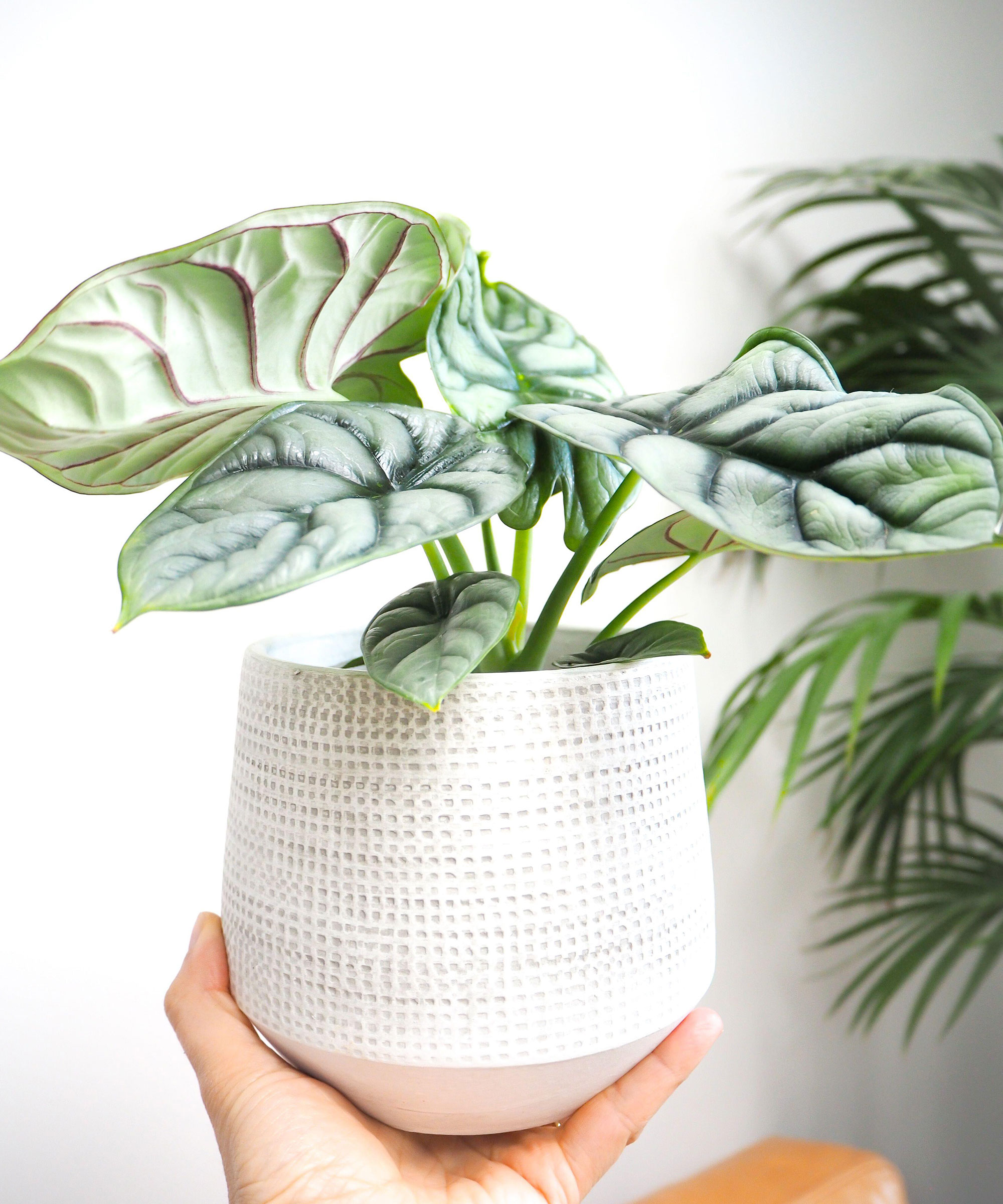
Alocasia Silver Dragon
4. Nutrient deficiency
Alocasias need a well-balanced fertilizer to give them the nutrients they need to grow and thrive. If the plant is not getting enough nutrients, its leaves may droop.
Mo Bhula advises that while ‘drooping leaves are unlikely to be a result of hungry plants,' it’s still ‘a good idea to feed with a weak fertilizer every so often.’ This is especially true of plants that have been in the same pot for several years, as the soil will be depleted of nutrients by this point.
5. Pest infestation
Brody Hall advises that ‘pests such as aphids, mealybugs, and spider mites can all cause elephant ear leaves to droop. If you suspect that your plant has a pest infestation, you should take steps to remove the pests and treat the plant.’
The best way to remove pests from an alocasia is by using a cotton bud dipped in a mild dish soap solution. Simply swab away any pests that you can see on the leaves and especially in leaf nodes. Then, give your plant a lukewarm shower. It should hopefully recover.
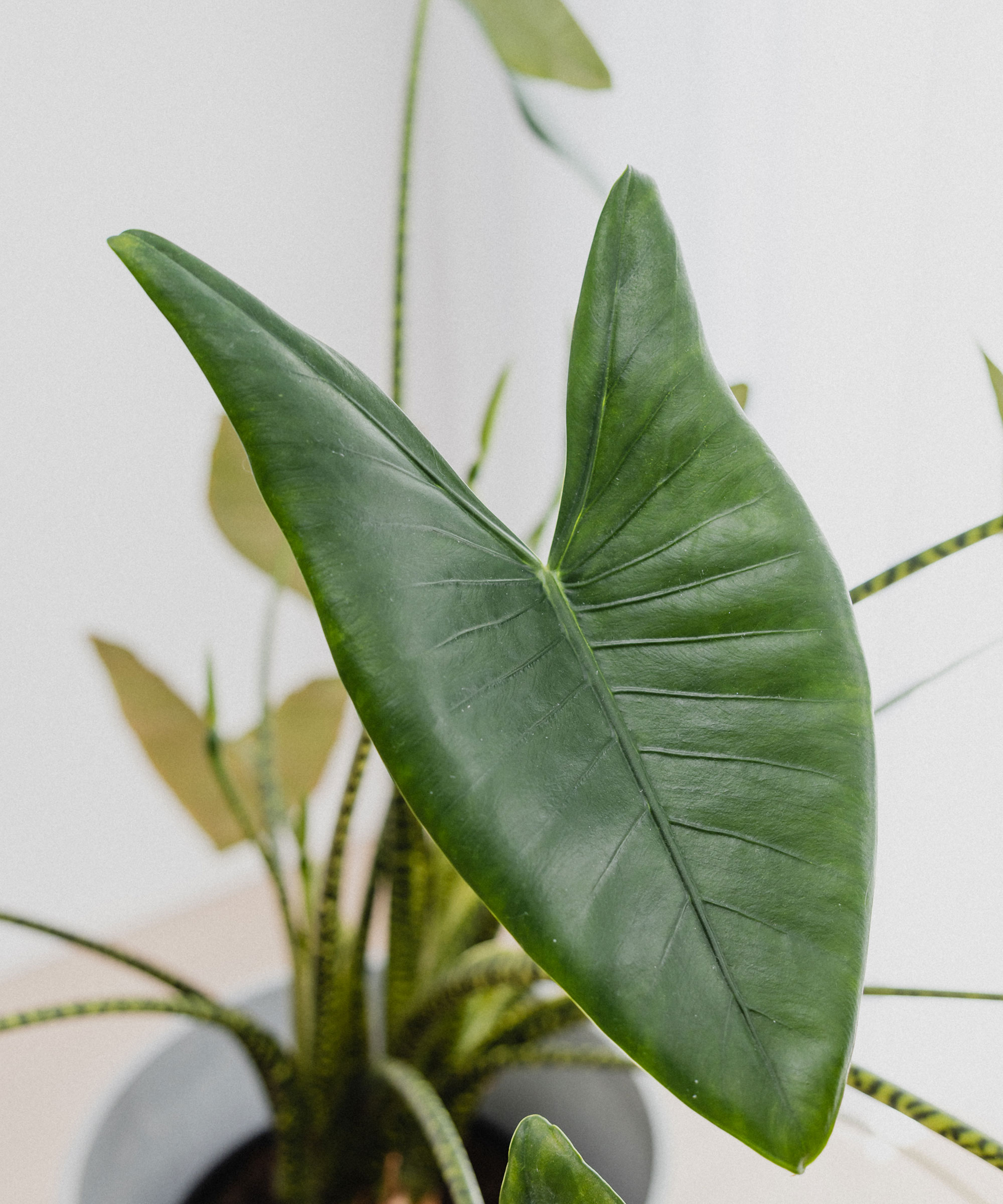
Alocasia Zebrina
6. Low humidity
Elephant ear plants dislike dry environments, so avoid placing them next to sources of heat or in rooms that are overly dry.
You can invest in a plant humidifier from Amazon if the air in your home is consistently dry because occasional misting is unlikely to solve the problem.
Sign up to the Homes & Gardens newsletter
Design expertise in your inbox – from inspiring decorating ideas and beautiful celebrity homes to practical gardening advice and shopping round-ups.

Anna is a professional writer and academic. She taught English Literature for several years before joining Future where she wrote for Real Homes, Homes & Gardens and Livingetc for four years. She is a regular contributor for Parade Home, BiggerPockets, and many other publications. In her spare time, Anna enjoys hiking and gardening.
-
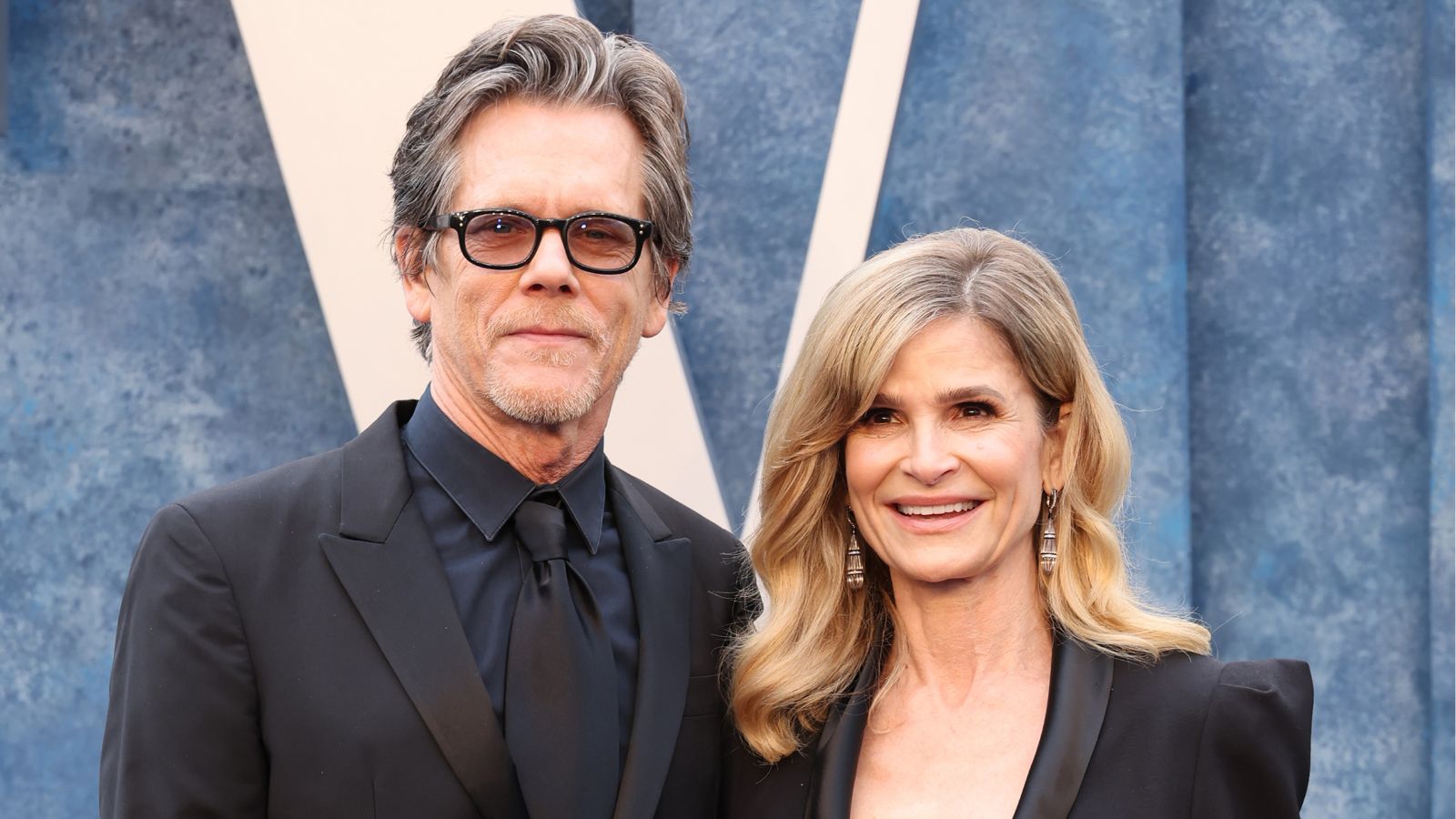 Kevin Bacon and Kyra Sedgwick's rustic kitchen island is stunning, but controversial – designers say you can get the look without the hassle
Kevin Bacon and Kyra Sedgwick's rustic kitchen island is stunning, but controversial – designers say you can get the look without the hassleA popular material finds an unorthodox home in the couple's kitchen, but experts disagree on whether it should be used – here's how to do it instead
By Sophie Edwards
-
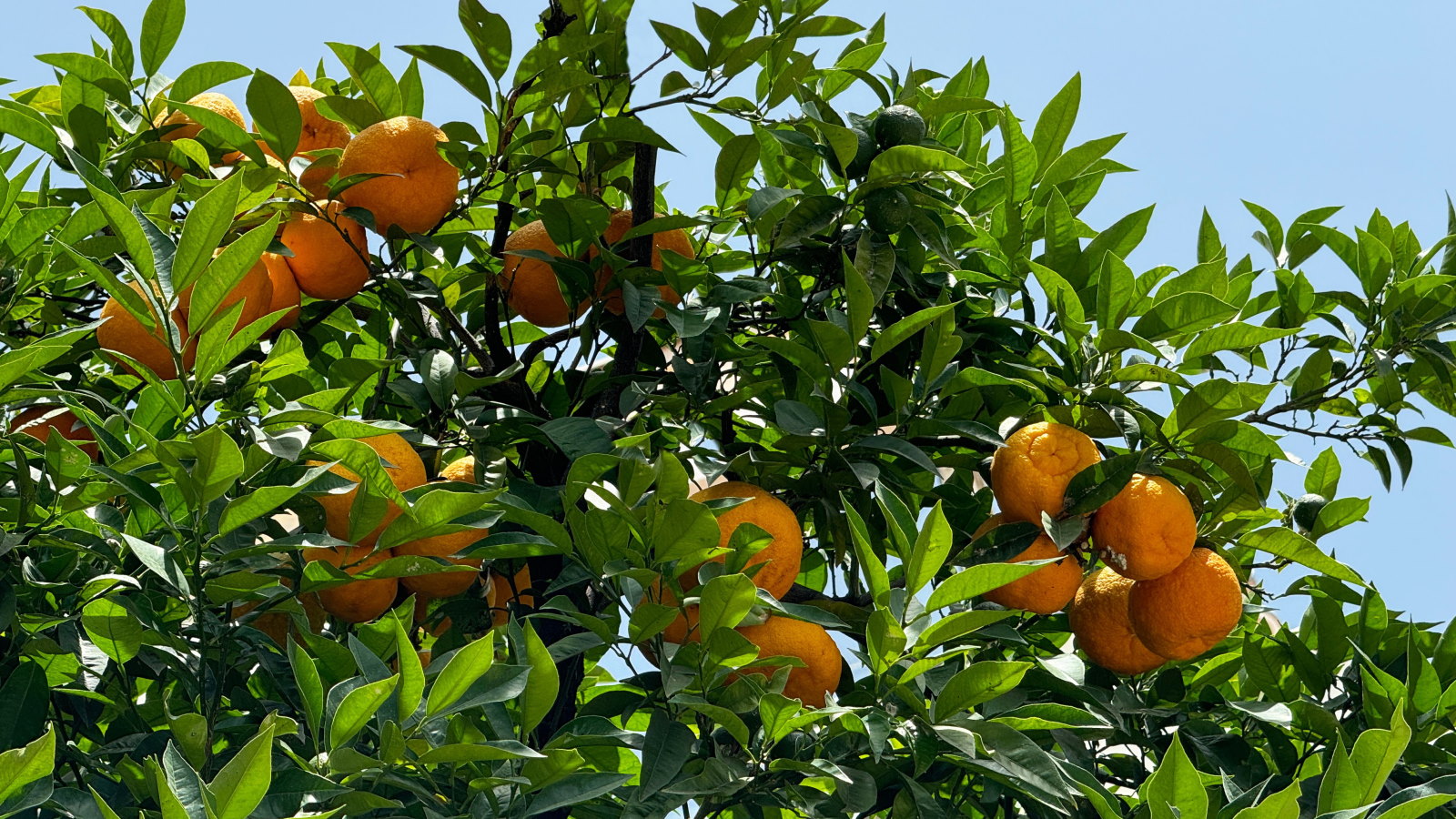 How to grow grapefruit for homegrown sweet and tangy, highly nutritious harvests – a fruit tree expert shares their planting and care tips
How to grow grapefruit for homegrown sweet and tangy, highly nutritious harvests – a fruit tree expert shares their planting and care tipsFrom planting to harvesting, this is all you need to know about grapefruit trees
By Drew Swainston